Like the 10 Heavenly Stems, the 12 Earthly Branches are actually symbols used to tell time in the Chinese Calendar. Nikoletta Stamatatos discovers that within this perfect union lies one of the oldest and most accurate chronicles in history
The 12 Earthly Branches, sometimes referred to as the 12 Horary Branches (because they also mark out the 12 ‘double hours’ of the day), give us very specific information about time and place. On the feng shui compass, or lo p’an, the 12 main compass points allocated to the Branches help to identify and locate earth dragon ch’i.
The 10 Heavenly Stems on the other hand, are associated with water and can be used to mark out the various bends, forks and branches of watercourses.
Taken on their own, the Branches have come to be used as time markers. These include the 12 double-hour divisions of the day, the 12 months of the year, the 12 ‘zodiacal’ animals of the Chinese horoscope, the 12 directions and even the 12-year duration of Jupiter’s revolution round the Sun. Hence a year, a month and an hour can all be designated by one of the 12 Earthly Branches. In turn, these can signify a direction of the compass for each one of these times providing a sort of cross-reference between space (direction) and time.
The seasons fit in naturally with the Branches and give a good indication of the best times of the year to embark on projects linked with building or buying. The beginning of the Chinese New Year occurs half-way through Branch tzu (due North) and marks the start of the year, or winter solstice. The rest of the Branches follow in order from this and attribute parts of the compass to the times of the year. Mao is due East (spring), wu due South (mid-summer), yu due West (autumn) and tzu due North (winter).
The 12 Earthly Branches are not only confined to earth. They interact with the 10 Heavenly Stems to form the Chinese calendar, which revolves around a cycle of 60 years or 60 Sexagenary combinations (sexagenary just means 60-fold). It is this very interaction of Heaven and Earth that produces the fate that governs mankind, the middle between Heaven and Earth.
12 Earthly Branches | Symbolic animal | Season | Double-hour of the day | Direction | |
| Tzu | 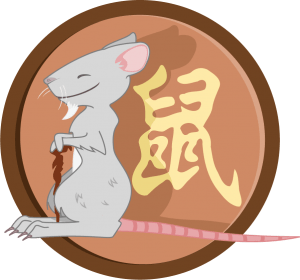 | Rat | mid-winter | 11pm – 1pm | N |
| Ch’ou | 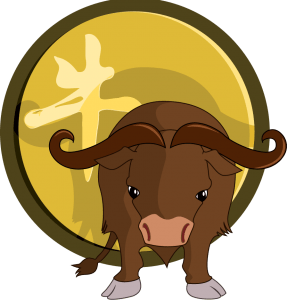 | Ox | late-winter | 1am – 3am | N 30’E |
| Yin | 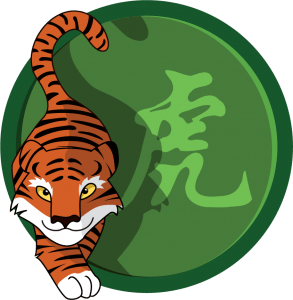 | Tiger | early-spring | 3am – 5am | N 60’E |
| Mao | 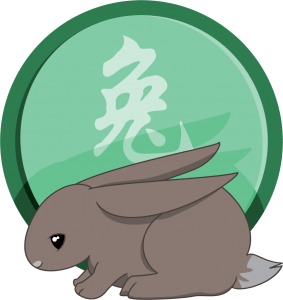 | Rabbit | mid-spring | 5am – 7am | E |
| Ch’en | 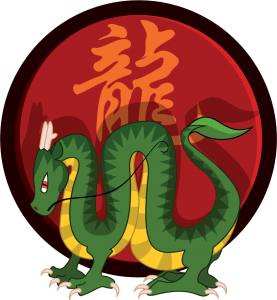 | Dragon | late-spring | 7am – 9am | S 60’E |
| Ssu |  | Snake | early-summer | 9am – 11am | S 30’E |
| Wu | 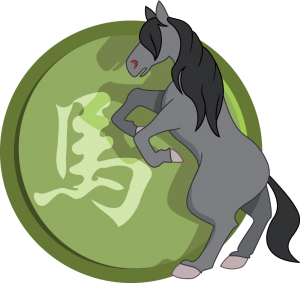 | Horse | mid-summer | 11am – 1pm | S |
| Wei | 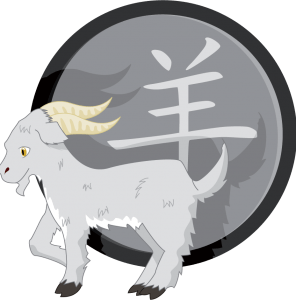 | Goat | late-summer | 1pm – 3pm | S 30’W |
| Shen | 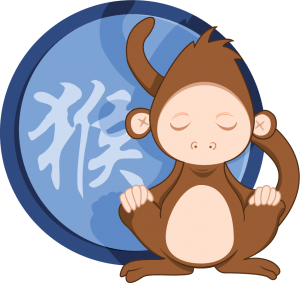 | Monkey | autumn | 3pm – 5pm | S 60’W |
| Yu | 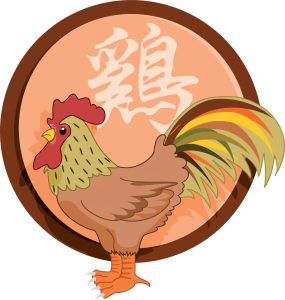 | Rooster | mid-autumn | 5pm – 7pm | W |
| Hsu | 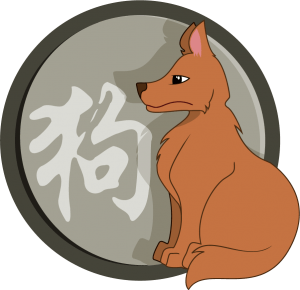 | Dog | autumn | 7pm – 9pm | N 60’W |
| Hai | 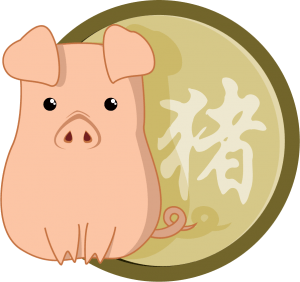 | Pig | winter | 9pm – 11pm | N 30’W |
The Sexagenary Year
For an in-depth analysis of the 12 Earthly Branches we have to turn to the Chinese Calendar, or the Sexagenary Cycle of 60 years, in which each sexagenary division is a combination of one Stem and one Branch character. There are 60 different combinations over the time span of the Sexagenary Cycle
Perfect PartnersThe 12 ‘zodiacal’ animal signs of the Chinese horoscope correspond | Opposites Don’t Always Attract For those people born under a ‘zodiacal’ animal sign that faces 1. The Rat opposes the Horse 2. The Ox opposes the Goat 3. The Tiger opposes the Monkey 4. The Rabbit opposes the Rooster |
 |  |  |
![]()
SPONSORED






